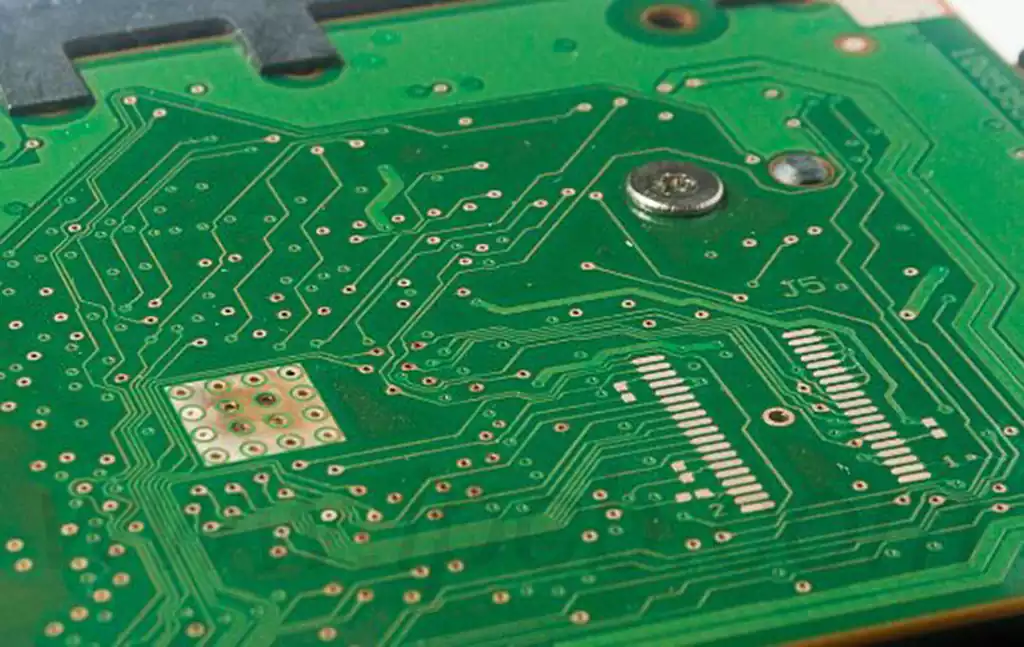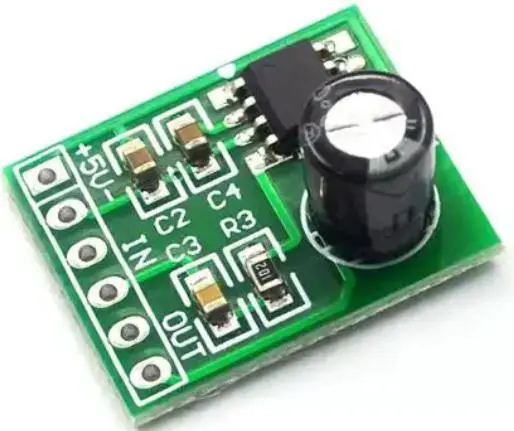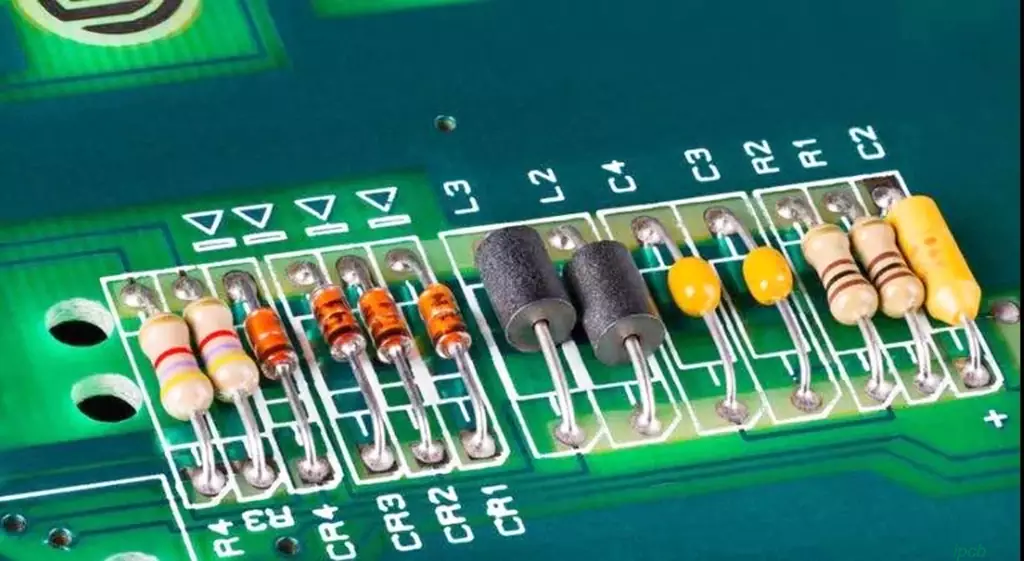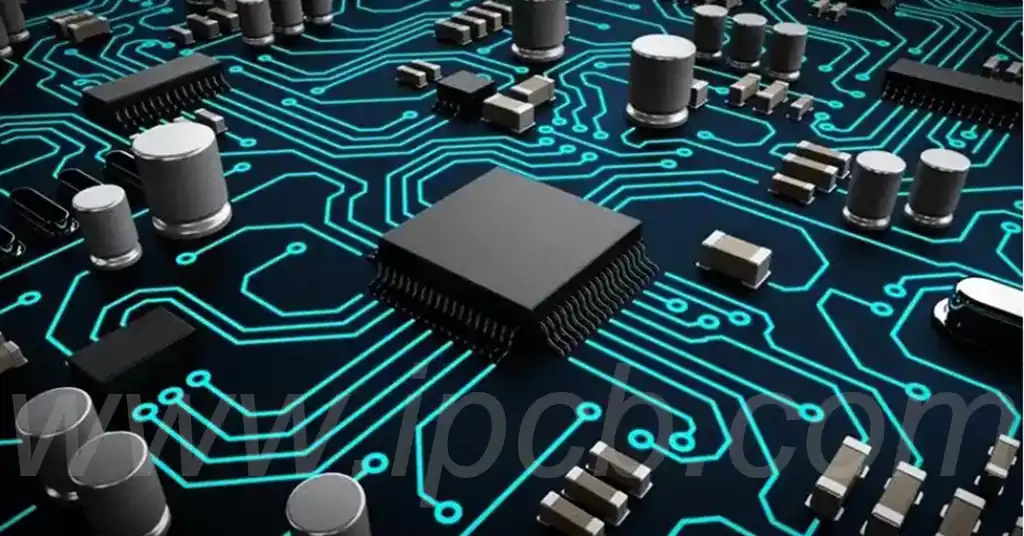Dev Board (Development Board) is a hardware prototyping platform for embedded system design, usually integrating processor, memory, peripheral interfaces and other modules for software debugging, algorithm verification or product prototyping. According to different core architectures, they are mainly divided into the following three categories:
- ARM architecture dev board: known for high performance and low power consumption, suitable for IoT, smart terminals and other scenarios, such as the Raspberry Pi (Raspberry Pi) series using ARM Cortex-A series processors, running frequency up to 1.5GHz ~ 2.4GHz (source: Raspberry Pi Foundation official documents).
- FPGA dev board: hardware acceleration through programmable logic gate arrays, suitable for image processing, communication protocol development, such as Xilinx Artix-7 series boards provide more than 100,000 logic units (reference: Xilinx product manual).
- Microcontroller dev board: characterised by low cost and low resource consumption, they are commonly used for industrial control, for example, the STM32F103 series is based on the Cortex-M3 core with a main frequency of 72MHz (source: STMicroelectronics technical documentation).
Using a dev board as a development tool for embedded system development can bring advantages in three areas:
- Parallel design
Many system development projects are generally done by multiple engineers collaborating together. Dev board can help engineers start testing code before the system PCB is available, and using multiple dev board also allows comparison of different products, enabling parallel design and saving time and resources. - Shorten time to market
Using dev board as development tools can shorten time to market. Many development kits provide productivity tools such as threaded drivers for peripherals and implementation OS ports for a given device, speeding up coding and reducing the risk of product recalls. - Off-the-shelf quality circuits
Dev board can provide off-the-shelf quality circuits to avoid intermittent errors in system development, help the development process move smoothly to the final stage, and eliminate problems above and beyond the calculation of parasitic capacitance leading to episodic instability in switching power supply feedback circuits.
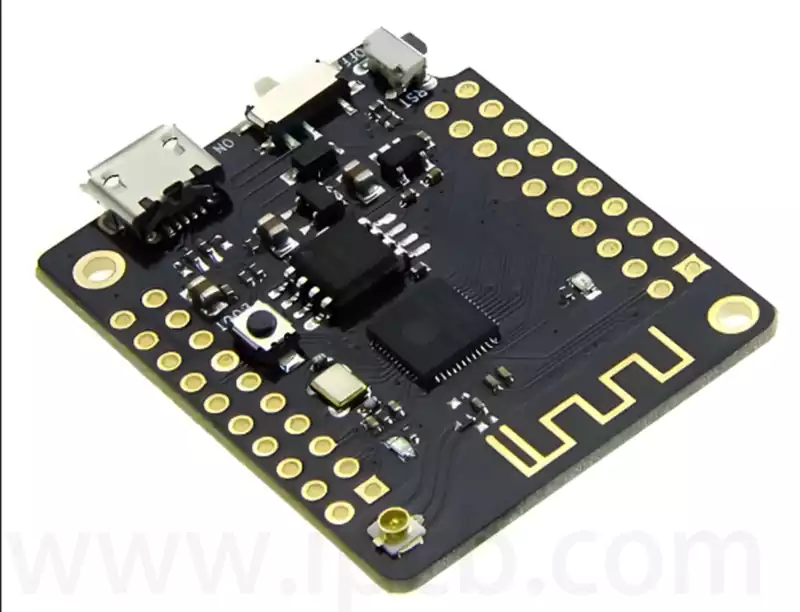
How to pick the right development board?
1.Define the core requirements: reverse the selection logic from the application scenario
The primary question in development board selection is: ‘What is your product going to solve?’ The hardware requirements of different scenarios vary greatly:
LoT terminal equipment: low power consumption (such as ESP32 sleep current of only 5μA), Wi-Fi/Bluetooth integration (refer to the official data of Loxin).
Industrial control: emphasis on real-time (STM32H7 series interrupt response time <10ns, according to STMicroelectronics manual) and anti-interference capability.
AI edge computing: requires NPU acceleration (e.g. Rexchip RK3588 arithmetic power up to 6TOPS).
2.Hardware resources The hardware resources of the dev board directly affect its scope of application and performance. You need to pay attention to the following key indicators:
Processor performance: choose a processor that suits the needs of the project, considering the number of cores, main frequency and architecture.
Storage capacity: including RAM and flash memory, to ensure that there is enough space to store code and data.
Interface type: Make sure the development board supports the required interfaces, such as GPIO, UART, I2C, SPI, USB, Ethernet, etc.
Power Requirements: Understand the power input specifications of the development board to ensure that it can supply power normally and meet the project requirements.
3.Software support
Operating system: whether it supports the operating system you need, such as Linux, FreeRTOS, Windows, etc.
Development environment: whether there is an official or third-party provided integrated development environment, such as Vivado, Quartus, Arduino IDE, etc..
Drivers and libraries: whether to provide a wealth of drivers and libraries to facilitate the call of hardware resources for development.
4.Cost and scalability
Budget: of course, in the end, it is still necessary to choose the best performance dev board within the price range according to the budget.
Expandability: whether the development board supports expansion modules, peripherals and secondary development, to ensure that the project has sufficient flexibility and scalability.
Reasonable choice of dev board is an important part of embedded system development, which needs to be comprehensively evaluated in terms of application requirements, hardware configuration, software support and budget. Different categories of dev board correspond to different performance characteristics and usage scenarios, and clear requirements help to find the most suitable solution. Through scientific selection, you can effectively improve the development efficiency, ensure smooth progress of the project and avoid unnecessary waste of resources.
